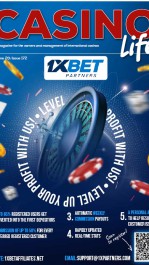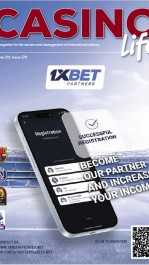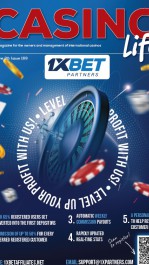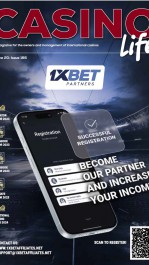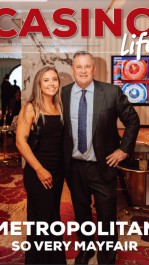This is the quickest tell to the dealer and advanced players at the table that you are a novice player. If the dealer has a 3, 4, 5 or 6, you need to automatically start thinking that the dealer will bust. If you have 12-16, you have a very weak hand. Your best play is to stick and hope the dealer goes over 21. If you have a 12 against a dealer’s 6, and you take a card and you get a 10, you lose. If you stick and that same 10 goes to the dealer who has 16, not only do you win, so does the whole table. This is the quickest and easiest mistake that can be corrected.
The soft 18 (A-7) is the most misplayed hand of all. Most people think that 18 is a strong hand. It is not. The only way you win on an 18 is if the dealer gets a 17 or busts. Look at basic-strategy charts. The soft 18 is a double-down opportunity against a dealer’s bust card. Even if the dealer has an up card of 9, 10 or A, you have a free chance to improve without busting. There are seven cards that either maintain or improve your hand. Assuming a balanced deck (each card has an equal opportunity of coming out), that will happen almost 54 percent of the time. There are times to go on offense and there are times to go on defense. The soft 18 is a time to go on offense.
I actually understand why people do this but it is not the percentage play. If you look at basic-strategy charts, it clearly states to hit the 16 against a dealer’s 7. Those that go against the grain are hoping the dealer’s down card is between 5-9, putting the dealer into a bust situation and the dealer busts on subsequent cards being drawn. You need to understand basic strategy. These situations have undergone millions of hands through computer simulation. The thing about blackjack is that you can do everything right and still lose. You can also do everything wrong and still win. Players that stick on 16 against a dealer’s 7 are going through a self-fulfilling prophecy. It works for them and they continue to do it. Unfortunately, it is the wrong play in the long run.
The remaining points all have to do with splitting or doubling down. Let’s start by looking at splitting mistakes.
Splitting 10s
Are you kidding me? Why would you ever break up a winning hand? If I could get 20 on every hand, I would quit my job, play blackjack 24-7 and retire independently wealthy in short order. People that do this think they can get two 10s and get two hands of 20. Really? What happens if you get a 4 on one hand and a 6 on the other? You have just given away a 90 percent winner for two garbage hands where you have doubled your bet. This is the quickest way to lose money. Please, do not split 10s. Having said that, believe it or not but there are times when splitting 10s is the correct move. This is done by professional card counters but only when the count is at a certain level and the dealer has specific up cards. This is a very specific situation, and let’s face it, you are not at this level—so do not split 10s.
Not knowing when to split in general
Just because you can do something does not mean that you should. Just because you have a pair does not mean you have to split it. Take the time to invest in yourself. The strategy is simple. Always split 8s and Aces; never split 5s or 10s; only split 4s against a dealer’s up card of 5 or 6; split 9s against everything except a dealer’s 7, 10, or Ace; everything else (pairs of 2s, 3s, 6s or 7s) only split if the dealer’s up card is 7 or less. That’s it. Splitting is a powerful tool for the player, as is doubling down. But just like splitting, you need to pick your spots when it comes to doubling.
Doubling on 12
This is in the same category as splitting 10s. Every dealer will be rolling his/her eyes or laughing their ass off at a player that does this. Assuming a balanced shoe, 30 percent of the cards are 10s. That means almost a third of the time you will lose twice as much money immediately after one card. When doubling down, you will only get one card. Let’s assume you don’t bust with a 10 but you get an Ace, 2, 3 or a 4. Again, that is 30 percent of the deck if it is a balanced shoe. If the dealer makes a hand (17-21), you will lose twice as much. Yes, theoretically, you can make twice as much if you get an 8 or a 9, assuming the dealer doesn’t get a 20 or 21, but the downside of this play simply outweighs any upside. This is a losing move.Knowing what soft hands to double
Just because you can double down, does not mean you should. This will take some homework, but again it is worth the time and effort in the long run. Not all soft hands are double-down hands. Look at the basic-strategy charts. With a soft 18, you double against the dealer’s 2-6; a soft 17, 3-6; a soft 15 and 16 against a dealer’s 4-6, and a soft 13 and 14 against a dealer’s 5 or 6. Have you spotted the pattern? Understand the rationale and you will be able to make the right bet at the right time.
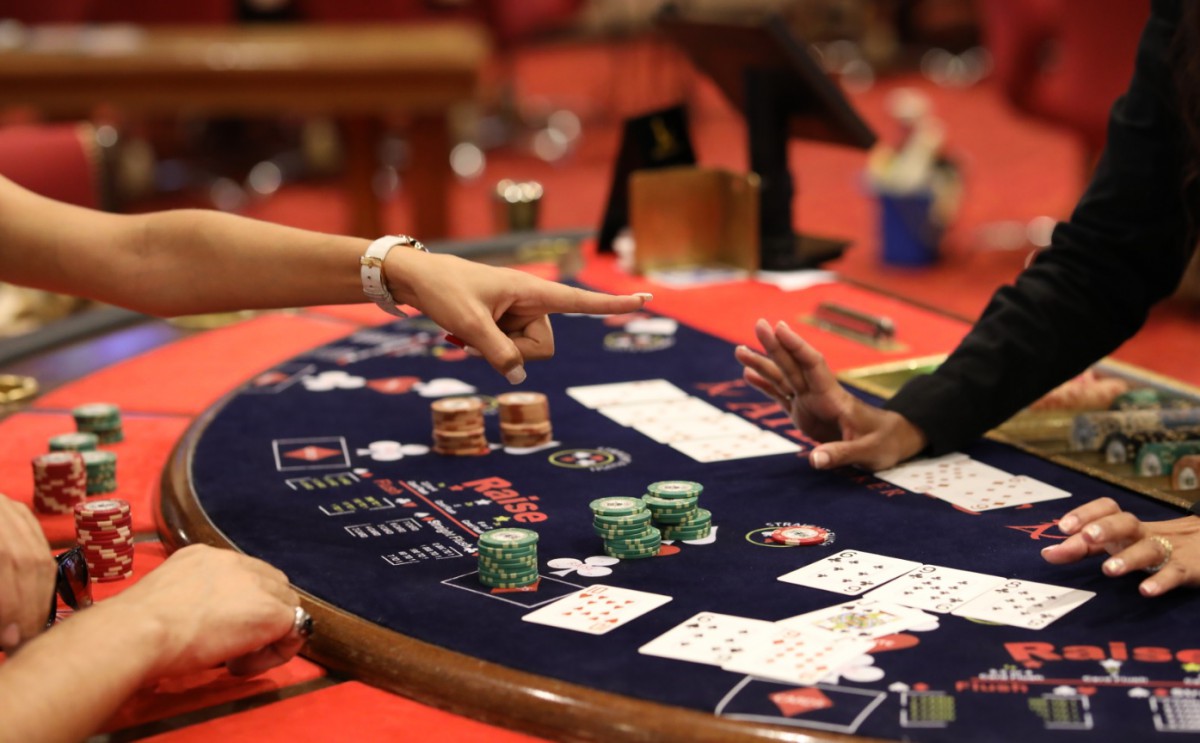
Image: Blackjack Image Free Pexels 3200222
Not doubling against the ace
Remember what I said about playing this game scared? This is a classic case. A number of players do not double down against the dealer’s ace. Why? Now in all fairness to some, if you are a professional card counter, there are times not to double against the ace if the card count is at a certain level. But assuming you are not a professional card counter and assuming a balanced shoe, there are more upsides to double down on an 11 against a dealer’s ace. Basic-strategy charts will substantiate this. Remember, these charts are a result of millions of hands going through computer simulation. The only thing holding you back on this is fear.
Doubling for less
Again, this is another case of playing scared. The math simply does not work on this. If you have a double-down situation, you are a mathematical favorite to win more than half the time. You have to capitalize on these situations. It is not often when you have an advantage over the casino and you have to strike while the iron is hot. Yes, there will be times when you double down and lose, and you lose twice as much money. Yes, it hurts but in the long run you will be a winner. If you are playing scared, you are playing losing blackjack and that’s what the casino is banking on.
Not re-splitting or doubling after a split
Simply put, the way you make money in this game is through splitting and doubling down. You must take any and all opportunities when they arise. That means when you split 8s and you get another 8, split them again. After you split your 7s against a 6 and you get a 4, you must double down. Players that do not re-split or do not double down after splitting are either playing scared or they are playing games that are too expensive for their bankroll. Bet more when you have an advantage. By not doing it, you are leaving money on the table with a missed opportunity.
Well, that’s it. These are the most common mistakes I see players making. I cannot guarantee that if you stop making them that you will be a winning player, but I can guarantee that if you don’t make any of these mistakes you will be a very tough player for the casino and you will be playing winning blackjack. Good luck—and don’t forget to tip the dealer.
Al O’Grady has been a blackjack dealer for over seven years. He is a freelance writer with an Economics degree and is currently pursuing a degree in Mathematics.








